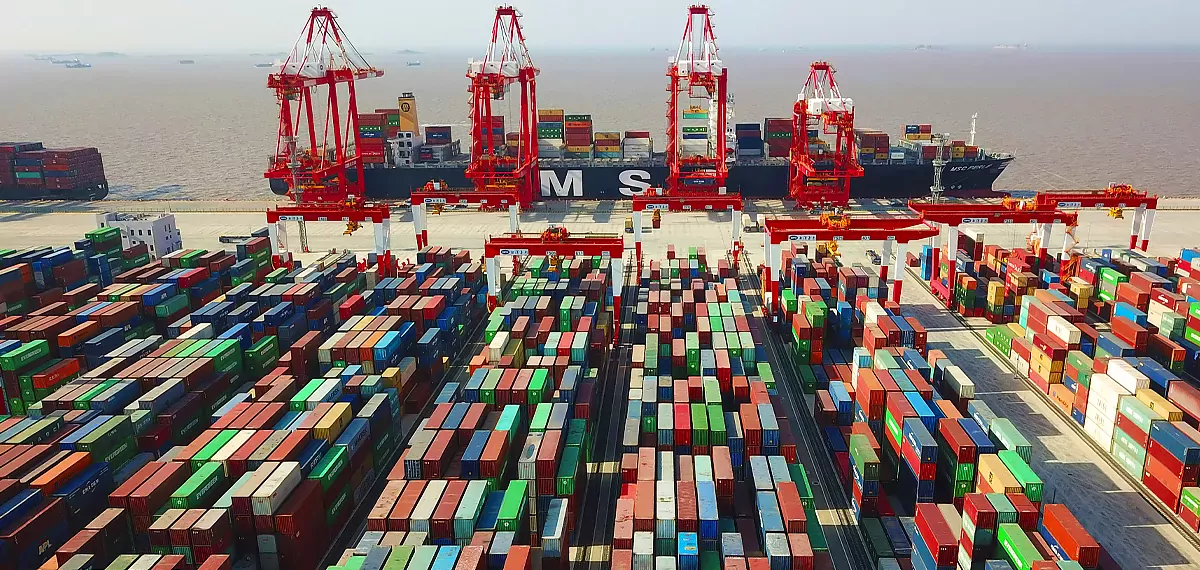Relationships between traders and bankers were severely challenged during 2020. Amid the economic crisis triggered by the COVID-19 pandemic, supply chains have been disrupted, whether on the demand or the supply side, or by affecting the logistics supporting the trades. Compounded with the violent volatility of prices sparked by the pandemic-induced disruptions, the world drifted in a perfect storm. Most traders survived, fortunately but some did not, and a few high-profile bankruptcies caused painful losses for the banking industry. It was no surprise therefore that many banks reassessed their lending strategies. Many choose to shrink their risk appetite, but some took sterner actions and shut down commodity lending businesses, some regionally, a handful even totally.
Where does this leave the industry at the dawn of 2021? It is not in a bad place at the outset of the year. Demand has improved in various markets and whilst supply chain disruptions are still occurring, trading is proving quite profitable, whether in agri, metals or energy, in some cases, extremely profitable thanks to auspicious market structures. Traders, notwithstanding isolated situations, did not face a major liquidity squeeze after the banks’ strategic reviews, and this despite generally elevated commodity prices leading to additional financing requirements. Finally, the economic outlook is rather positive as if the world had learned to live in a lingering COVID-19 uncertainty.
Are we back to normal, then? Not quite. There is no longer such thing as normal. History shows that major crises are always a catalyst for major changes, for better or worse. This one will certainly not differ. Amongst the new priorities of a post-COVID-19 world, as urban populations have rediscovered a much less polluted environment whilst economies were under lockdown, the energy transition will most certainly prevail and be significantly accelerated. This will affect all businesses, and notably trading, of commodities but also other goods. Traders and supply chain managers will not only have to show a more thorough management of their own resources and carbon footprints, but they will soon be under the cosh to demonstrate the same conduct across the whole supply chains they manage. Banks, under an ever-stronger reputational pressure from society at large, will be asked to put their customers’ Environment, Sustainability and Governance (ESG) policies on top of their agenda and of their own credit decision process. The (very few) traders – both small and big, still in denial are strongly advised to start drawing their ESG plans and revisit their strategies to address the structural changes underway.
As the world polarizes and redefines globalisation, supply chains will get shorter and increasingly prioritise local content as do consumers. Food and strategic supply management will certainly fare also high on top of the governments’ agenda. Relying on – potentially easily disrupted – long and complex supply chains is now increasingly seen as a weakness that needs to be corrected. This will create both opportunities and difficulties. Opportunities for traders able to take advantage of such new strategic imperative, either as suppliers or hoarders, able to answer growing supply security concerns, shortening or diversifying their supply chains. Difficulties, insofar banks, as part of their own strategic imperative shift, are refocussing their scarcer resources on fewer markets.
They will therefore be less prone to support overstretched supply chains unless this is deemed strategic (such as in Japan or China). Commodity traders will find it increasingly difficult to attract banks in pre-financing their suppliers if located in geographies perceived as high risk. They will have to either commit more of their own resources to provide this essential support or partner with alternative financiers such as credit funds attracted by higher yields.
So are we really back to fundamentals? Should not the question rather be “what are the new fundamentals in the making?” We are living through extraordinary times and should heed the changes that are taking place. With an overarching challenge. Market places have become increasingly transparent. Secrets do not last long in a social media environment and recent events show that collective uproar can put strategies or even companies down, with little ability to rebuild a shattered reputation. A whole sector can be very quickly harmed by individual behaviour. The only valid response is to strive towards the best standards and to communicate with the key stakeholders and primarily banks in the most open and transparent manner. Never have we lived through such a powerful looking glass. In an industry so long shrouded in secrecy, this is probably the most difficult challenge, but there is no alternative.

